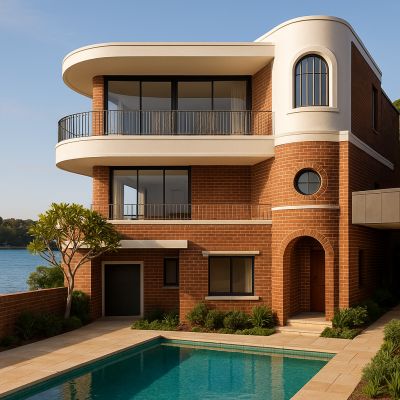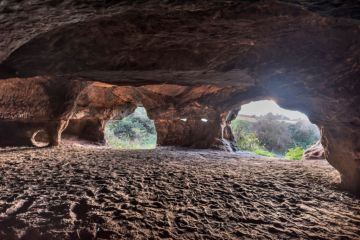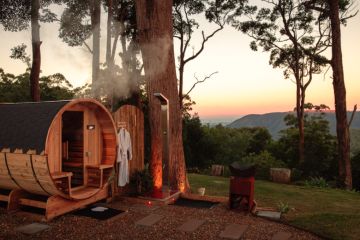How the cost of building a new house just hit a record high
The cost of building a new house has reached a record high, and experts warn there’s little chance that prices will ease.
Labour and materials costs jumped when the pandemic began as lockdown-era stimulus of the construction industry collided with a global inflation breakout, and costs show no sign of reverting to previous levels.
The average cost to build a new house is $504,109 as of March, analysis by this masthead of ABS building approvals data released last week shows.
That’s 6.5 per cent higher than a year earlier, when it cost $473,230.
But it’s a 52.6 per cent increase since March 2019 when it cost only $330,430 to build the typical new house, official figures show.
Master Builders Australia chief economist Shane Garrett said it was taking longer to deliver a new build now compared to pre-COVID, as the industry suffers from labour shortages.
“Time is money when it comes to home building, so the longer it takes to build, the more money you have tied up in it,” he said.
“People have to be paid by the hour when it comes to the construction business and when it gets stretched out over a considerably longer period, that also generates cost increases.”
He also warned that the construction workforce is not large enough to build enough homes to meet the federal government’s target of 1.2 million new homes in five years, and the ongoing infrastructure projects such as roads, schools and hospitals.
Not enough new workers were joining the industry, he said, especially as experienced workers retire or semi-retire.

“When you don’t have enough workers, what happens? Workers go to the highest bidder and that means if you’re going to go ahead with your project, you’re going to be paying much higher wages.”
He said the cost of materials was generally much higher than six years ago, especially for timber, ceramic goods and electrical equipment.
But he thought it unlikely labour costs would decline, especially as some of the larger unions negotiate increases in wages from year to year.
Housing Industry Association senior economist Tom Devitt said the recent rise was largely due to labour cost increases, while the unemployment rate holds at historic lows.
“The shortage of skilled trades for construction sectors is particularly acute,” he said, calling for a boost to domestic workforce capabilities as well as skilled migration.
He noted changes to the National Construction Code to improve energy efficiency, which he thought was a worthwhile objective, but said it resulted in costs that were passed on to home buyers.
He added that the figures on the cost of building did not include the rising cost of land.
Despite the national target of 1.2 million new homes in five years, Devitt forecasts that the nation will struggle to deliver a million in that time frame.

“It doesn’t bode well for affordability, especially for home buyers.”
Sydney builder Robert Faraj, director of Pioneer Building Group, has been dealing with the impact of rising materials costs on his projects.
For example, he made an order of plasterboard in mid-February. It was delivered on March 2, but on March 1 the supplier increased prices by 7 per cent, leaving him paying the March price.
That meant it cost $40,000 for enough plasterboard for four, four-bedroom houses. The product usually increases in price four times a year.

Electrical cable for light switches has increased, too, among others.
“It didn’t jump $95 or $100 in a week. Every second month [the suppliers say] ‘Oh hey, 10 per cent, 10 per cent, 10 per cent,’” he said.
But to maintain his reputation and the quality of his work, he does not want to look for the cheapest quote. He focuses on high-end, bespoke, luxury-built homes as well as commercial construction.
“You’re judged on your worst job, not your best job, so we’re always trying to maintain a standard and a value of what we give our clients,” he said.
He also can’t charge clients more once they have agreed on a price for a build.
“How? They can’t go back to the bank and say, ‘hey bank, Robert said the plasterboard has gone up.’”
As a result, he does not see quite as much work available as previously.
“Everyone’s saying it’s not worth it, so we’re not seeing as much come through the pipeline of approvals of work,” he said.
“We’ve got some really good tradies in this country and most of them are busy at the moment doing all these tunnels.”
We recommend
States
Capital Cities
Capital Cities - Rentals
Popular Areas
Allhomes
More










